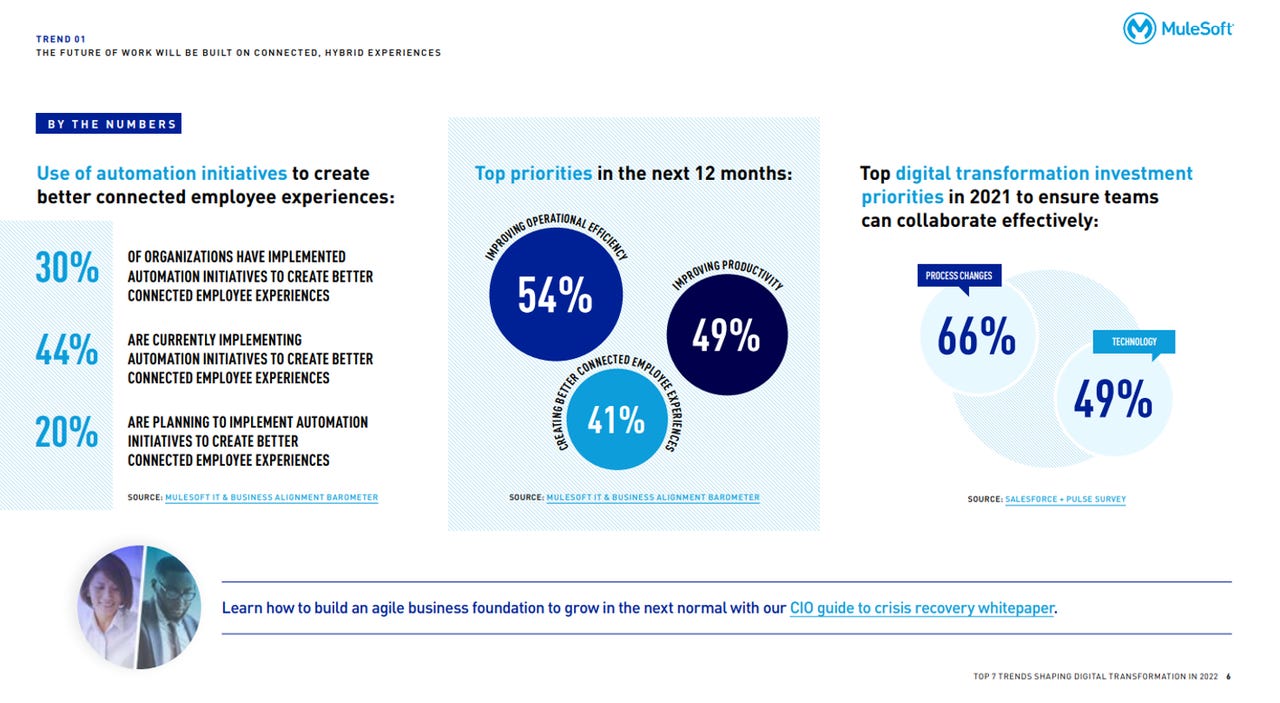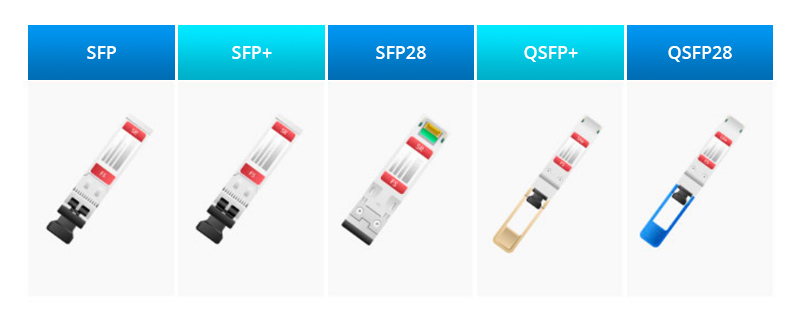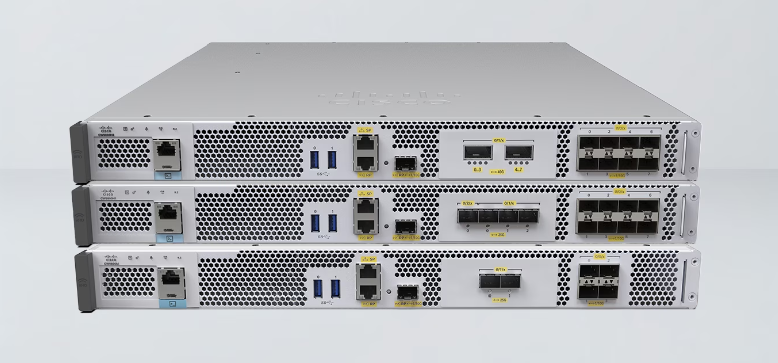Researchers from MuleSoft identified 7 key digital transformation trends that will shape the future of work in 2022 and beyond. One trend, hyperautomation, could be the key to unlocking digital value.
Hyperautomation can increase productivity, accelerate time?to?market, and transform employee and customer experiences in a hybrid and connected work environment. Gartner defines it as "a business-driven, disciplined approach that organizations use to rapidly identify, vet and automate as many business and IT processes as possible" and it involves simultaneously utilizing many technologies and platforms, like AI and machine learning. The use of low?code techniques will be essential, having been identified by 42% of business users as critical to their ability to hyperautomate.
Here are some stats about how hyperautomation can create better-connected employee experiences:
- 30% of organizations have implemented automation initiatives to create better-connected employee experiences.
- 44% of organizations are currently implementing automation initiatives to create better-connected experiences.
- Top automation priorities for 2022 include: improving operational efficiency (54%), improving productivity (49%), and creating better-connected experiences (41%).
- Top digital transformation investment priorities in 2021 to ensure teams can collaborate effectively included: process changes (66%) and technology (49%).

Use of automation initiatives to create better connected employee experiences
Automation unlocks digital value for all stakeholders
Digital Transformation
- Demand for blockchain skills shot up 552% in 2022. Here's why
- Top of the data heap: First-hand advice on becoming a chief data officer
- When it comes to tech spending in 2023, there's one top priority
- Small businesses need more help with tech. Here are five ways to get it
According to a new forecast from Gartner, the worldwide market for technology that enables hyperautomation will reach$596.6 billion in 2022. This is up from$481.6 billion in 2020 and$532.4 billion in 2021. Gartner predicts that through 2024, the drive towards hyperautomation will lead organizations to adopt at least three out of the 20 types of software that enable hyperautomation and that organizations will lower operational costs by 30% by combining those technologies with redesigned operational processes.
Automation will be a driving force for the modern digital enterprise rather than being used in piecemeal projects. Hyperautomation is about scaling automation across the enterprise via the reuse of processes and the deployment of multiple, integrated technology capabilities -- such as low?code platforms, machine learning, and robotic process automation (RPA). It's a market the analyst predicts will grow by nearly 24% from 2020 to be worth nearly$600 billion by 2022 -- as organizations look to identify and automate as many processes as they can rapidly.
Research shows that automation will accelerate the decentralization of businesses with a digital-first investment and new capabilities strategy. Customer service is an example line of business that will see significant hyperautomation. Given their proximity to changing customer needs, customer service provides a helpful window into how workflow automation can increase a team's flexibility, efficiency, and job satisfaction.
Top strategic tech trends 2022
1 Generative AI
2 Cybersecurity Mesh
3 Privacy-Enhancing Computation
4 Cloud-Native Platforms
5 Composable Applications
6 Decision Intelligence
7 Hyperautomation
8 AI Engineering
9 Distributed Enterprises
10 Total Experience https://t.co/pHTJBEi382 pic.twitter.com/DtpkMU300E
- Vala Afshar (@ValaAfshar) December 7, 2021
One area of service automation that's getting a lot of attention is chatbots. Currently, 83% of customers expect to engage with someone immediately when contacting a company -- up from 78% in 2019. This dynamic puts pressure on already strained teams. Unsurprisingly, we've concurrently seen chatbot adoption grow at a rapid pace.
Here are Gartner forecasts regarding hyper-automation trends:
- By 2024, organizations will lower operational costs by 30% by combining hyperautomation technologies with redesigned operational processes.
- By 2024, 80% of hyperautomation offerings will have limited industry-specific depth mandating additional investment for IP, curated data, architecture, integration and development.
- By 2024, more than 70% of the large global enterprises will have over 70 concurrent hyperautomation initiatives mandating governance or facing significant instability.
![]()
Hyperautomation drives digital value for employees and customers.
Employee satisfaction increases as a result of automation in the workplace
A survey from Salesforce revealed that automation solutions increase productivity and better manage employee stress levels. The survey identified four key ways workplace automation has actually improved employee experiences, both personally and professionally. Here are the 4 key themes and benefits of the automation, as noted in the survey:
- Automation fuels productivity and team collaboration: 90% of IT users claim automation has made them much more satisfied with collaboration across departments.
- Automating tasks saves time while reducing error: 81% of automation users today do not worry that automation will replace their job. The survey further challenged skeptics by showing that 88% of users now trust automation solutions to complete tasks without error. And 92% of users are more satisfied with productivity, and 85% of users are more satisfied with collaboration across their teams. 47% of users say automation solutions mean fewer menial tasks in their day-to-day work.
- Time saved with automation leaves room for employees to take on new projects and advance their careers: the survey found that 83% of users say automation solutions have provided them with the time to take on new, challenging projects. Additionally, 83% of users say automation solutions have provided them with the time to learn new skills.
- Automation solutions lower stress and increase balance: The survey notes that there was a 25% increase in positive views of automation before versus after using automation tools. As a result of automation solutions, 89% of users are more satisfied with their day to day jobs, 84% of users are more satisfied with their company overall, and 76% of users are more satisfied with their stress levels. Finally, 91% of users believe automation solutions save them time and offer better work/life balance.
Most professionals are not ready for automation in a digital-first world
Research from Salesforce and RAND Europe shows that the digital skills gap is disruptive to business growth, citing that 14 of the G20 Countries could miss out on$11.5 trillion in cumulative GDP growth.
What are digital skills?
Digital skills are broadly defined as the skills needed to "use digital devices, communication applications, and networks to access and manage information," from basic online searching and emailing to specialist programming and development. For example, digital skills include automation and programming, web, and app development, digital business analysis, design and data visualization, data science, and user experience design. According to the skills index, nearly three-quarters of respondents (73%) do not feel equipped to learn the digital skills needed by businesses now, and even more (76%) do not feel equipped for the future.
Automation is at the heart of digital transformation
Businesses today are burdened by silos, multiple process automation tools, and disconnected systems. Automation is also a solution to curb developer burnout.
Here's how:
- IDC: Worldwide revenues for the artificial intelligence (AI) market, including software, hardware, and services, is forecast to grow 19.6% year over year in 2022 to$432.8 billion, according to the latest release of the International Data Corporation (IDC) Worldwide Semiannual Artificial Intelligence Tracker. The market is expected to break the$500 billion mark in 2023.
- Deloitte: 93% of business leaders expect to be using RPAs by 2023. MuleSoft found that most organizations are either already using or are planning to implement such automation initiatives to realize strategic goals, such as improving productivity (96%) and operational efficiency (93%) and creating better?connected customer experiences (93%).
- A recent MuleSoft survey found that 91% of organizations say they need solutions that automate key processes for developers so they can do more with less.
- Gartner: By 2023, 40% of product and platform teams will use AIOps for automated change risk analysis in DevOps pipelines, reducing unplanned downtime by 20%
- Another Salesforce survey found that 89% of people using automation tools are more satisfied with their job, and 84% are more satisfied with their company because of using automation in the workplace.
- 77% of workers report that automation has provided them with the time to deepen relationships with customers and stakeholders.
- Gartner: Through 2024, enhancements in analytics and automatic remediation capabilities will refocus 30% of IT operations efforts, from support to continuous engineering.
10 technology trends that will shape the coming decade:
1 automation RPA
2 5G and IoT
3 cloud and edge compute
4 quantum computing
5 applied AI (ML NLP)
6 software 2.0
7 trust architecture (blockchain)
8 bio revolution
9 NG materials
10 clean tech https://t.co/Byp46APNHI pic.twitter.com/MgEeqJajeC
- Vala Afshar (@ValaAfshar) April 17, 2022
A glimpse into running automation at a massive scale
- In March 2022, Salesforce ran 1.3 trillion automations on the Salesforce Platform, with amounts to nearly$2.19 trillion in saved transaction costs. That's 831 billion times someone did not have to write an email, set a notification, change a status field, or manually duplicate data.
- Salesforce customers saved 109 billion hours of work by automating processes in March 2022. Growing companies are automating mundane and repetitive processes to save time and money.
- Customers run more than 44 billion workflows and processes and 4 billion integration transactions every day.
- The Salesforce AppExchange now includes more than 900 workflows, actions, bots and RPA solutions.
- In order to bring awareness to the importance of automation as a driver for digital transformation, Salesforce will host TrailblazerDX to help all stakeholders to level up their technical skills.
Whether through low-code technology or workflow automation, the secret to digital transformation is efficiently delegating work and increasing the automation output of all organizations. Business teams must be empowered to transform their own processes, automating simple, repetitive tasks -- and in so doing, powering successful experiences, both virtually and in-person, across ever-expanding touchpoints. The companies that will succeed and win in a digital-first economy are businesses that are fully committed to advancing their automation capabilities across all lines-of-business.
Innovation
![]()
I tried Apple Vision Pro and it's far ahead of where I expected
![]()
This tiny satellite communicator is packed full of features and peace of mind
![]()
How to use ChatGPT: Everything you need to know
![]()
These are my 5 favorite AI tools for work
-
![]() I tried Apple Vision Pro and it's far ahead of where I expected
I tried Apple Vision Pro and it's far ahead of where I expected -
![]() This tiny satellite communicator is packed full of features and peace of mind
This tiny satellite communicator is packed full of features and peace of mind -
![]() How to use ChatGPT: Everything you need to know
How to use ChatGPT: Everything you need to know -
![]() These are my 5 favorite AI tools for work
These are my 5 favorite AI tools for work

































 Etiquetas calientes:
innovación
Etiquetas calientes:
innovación